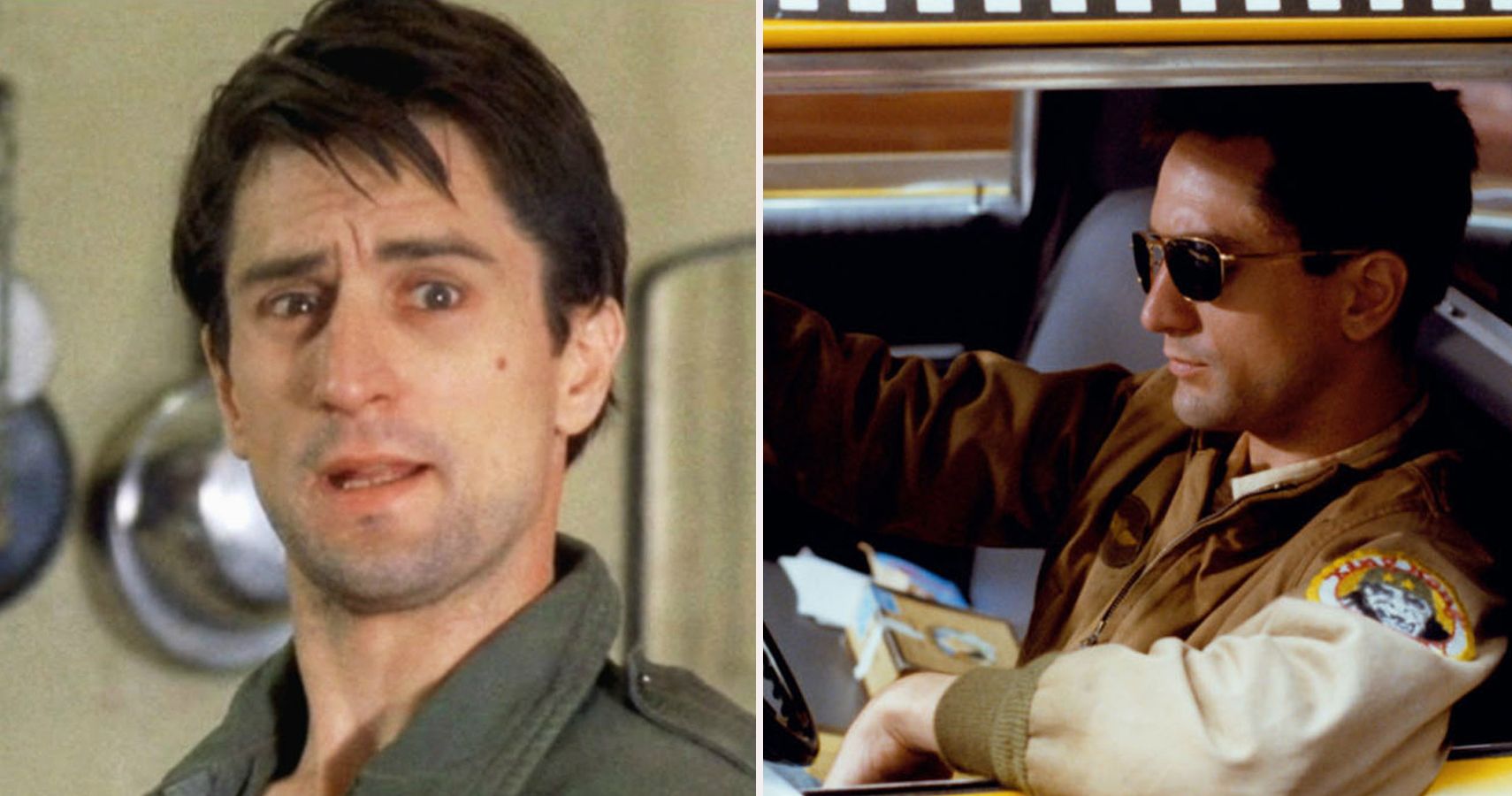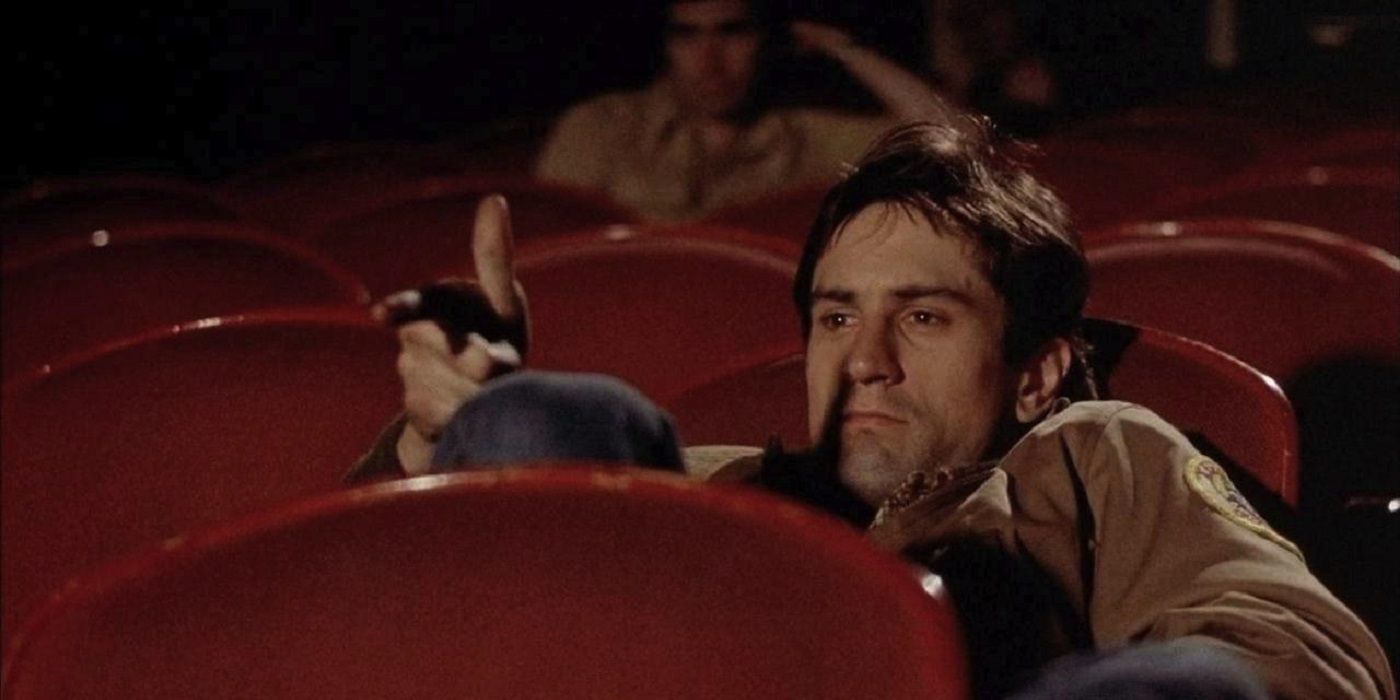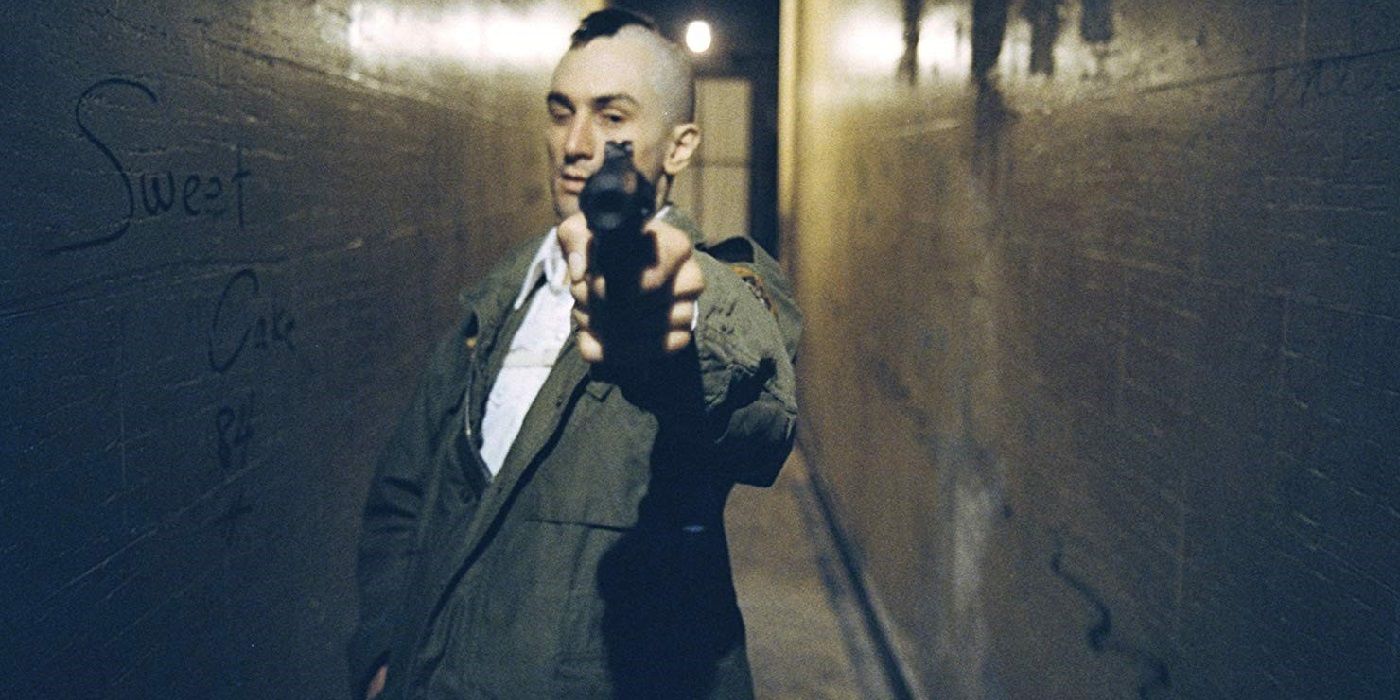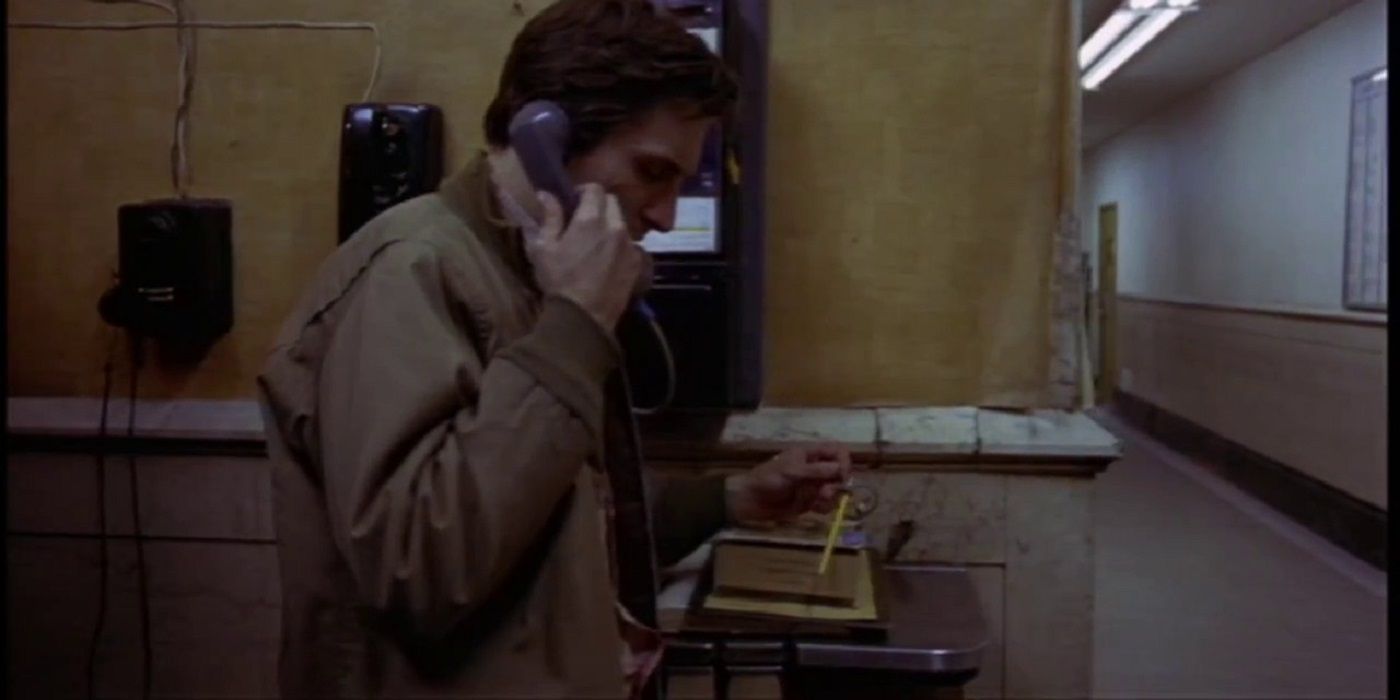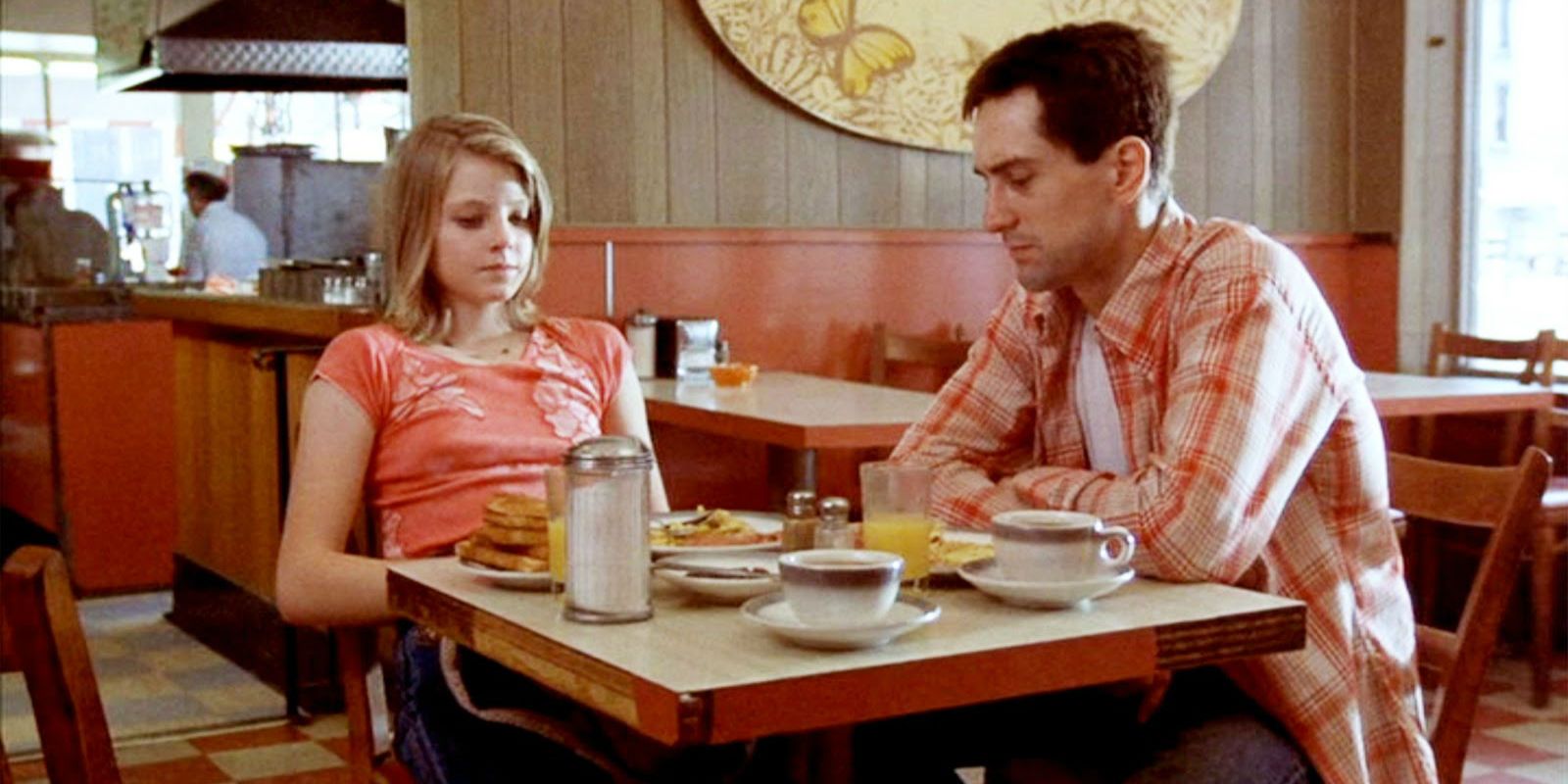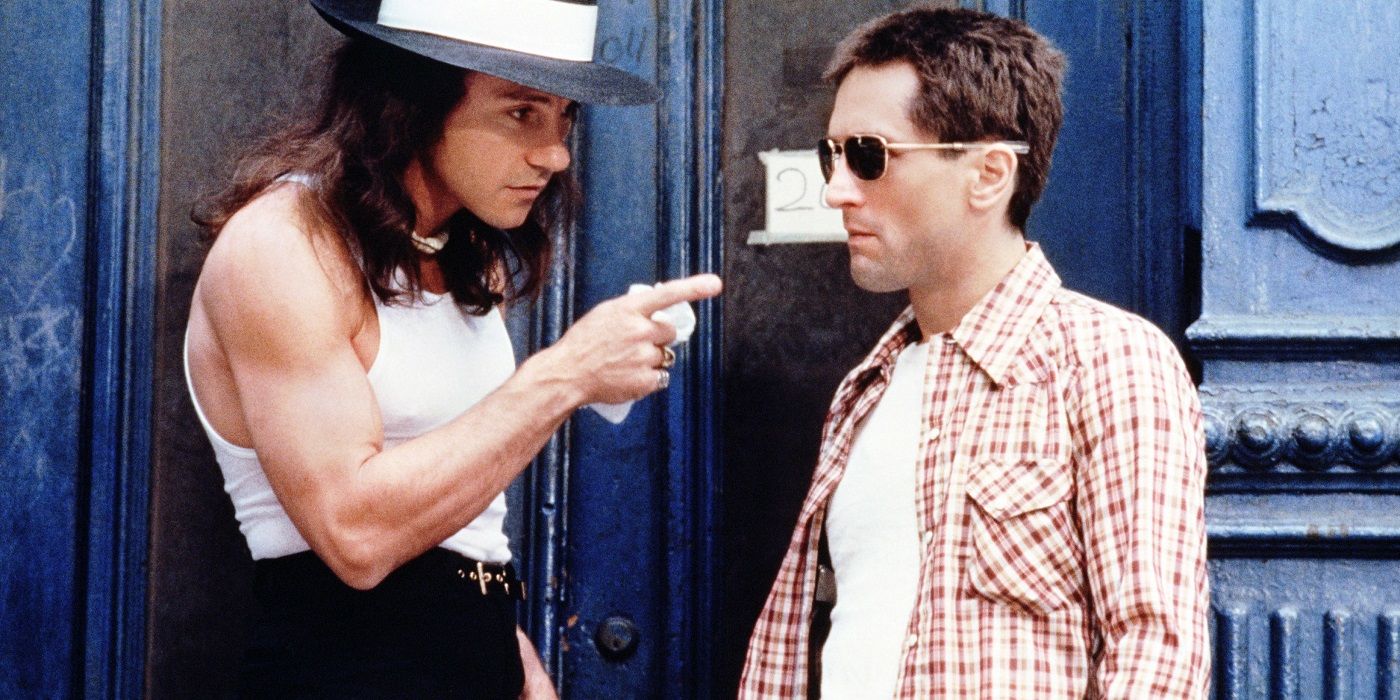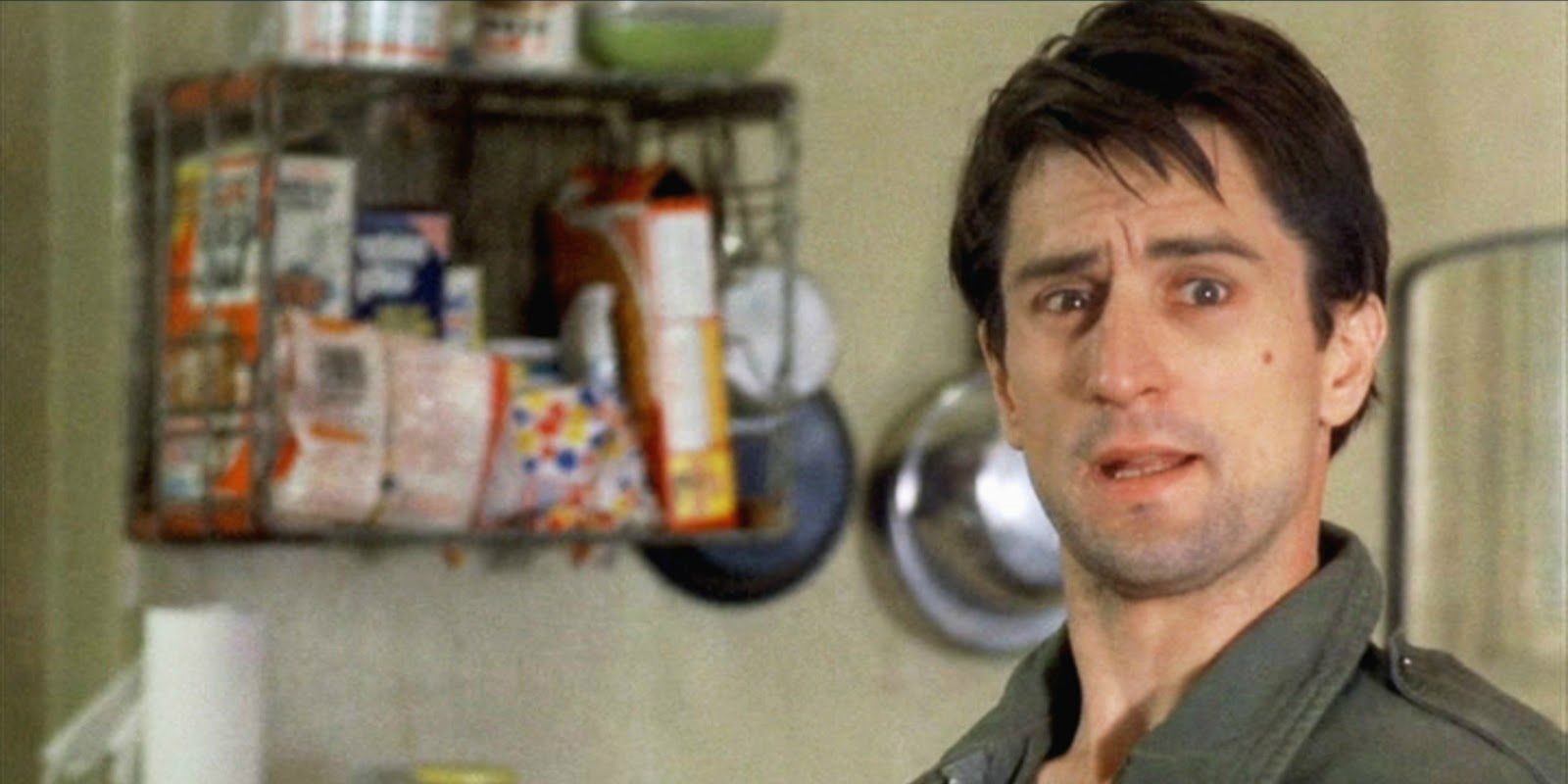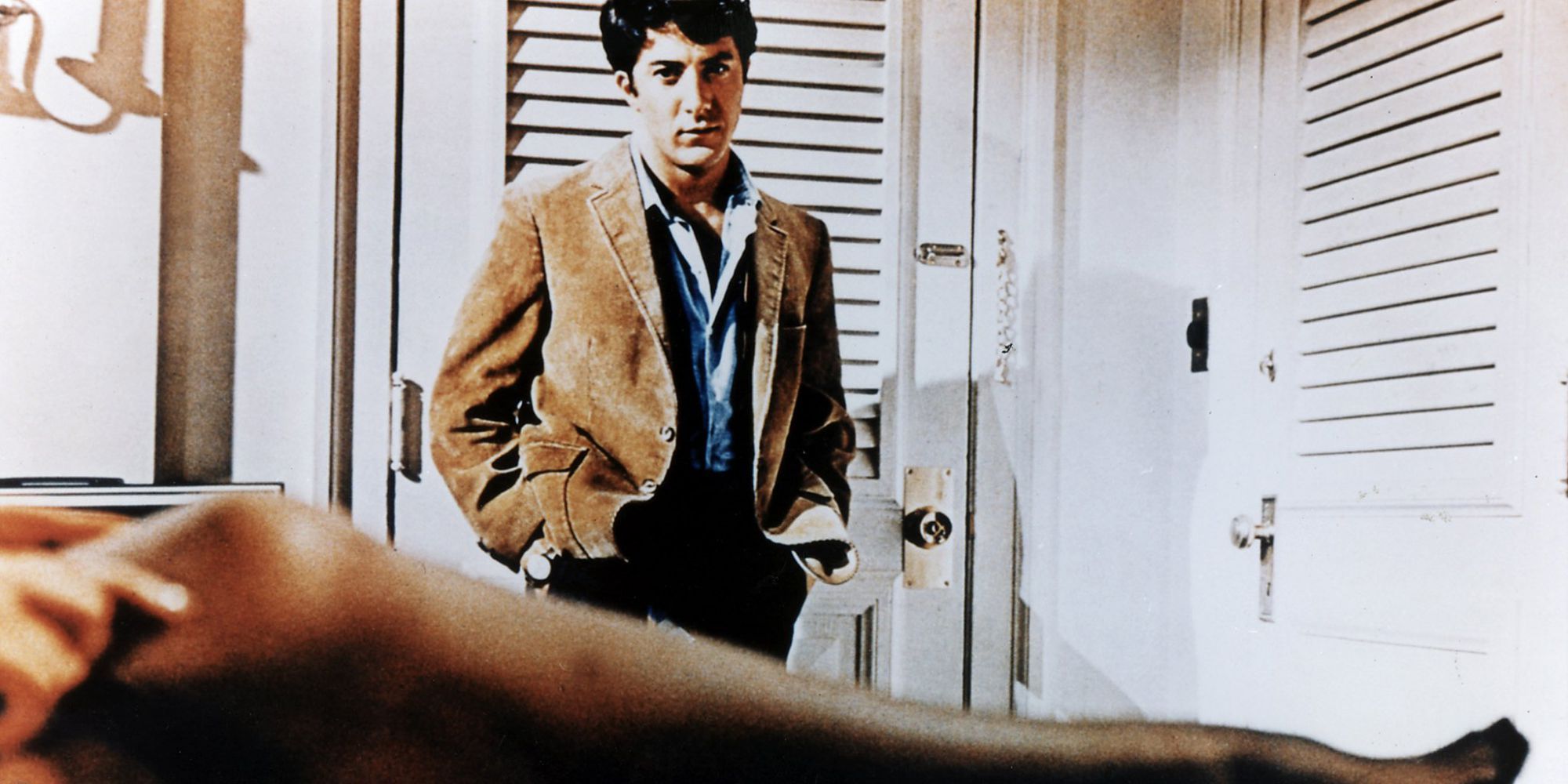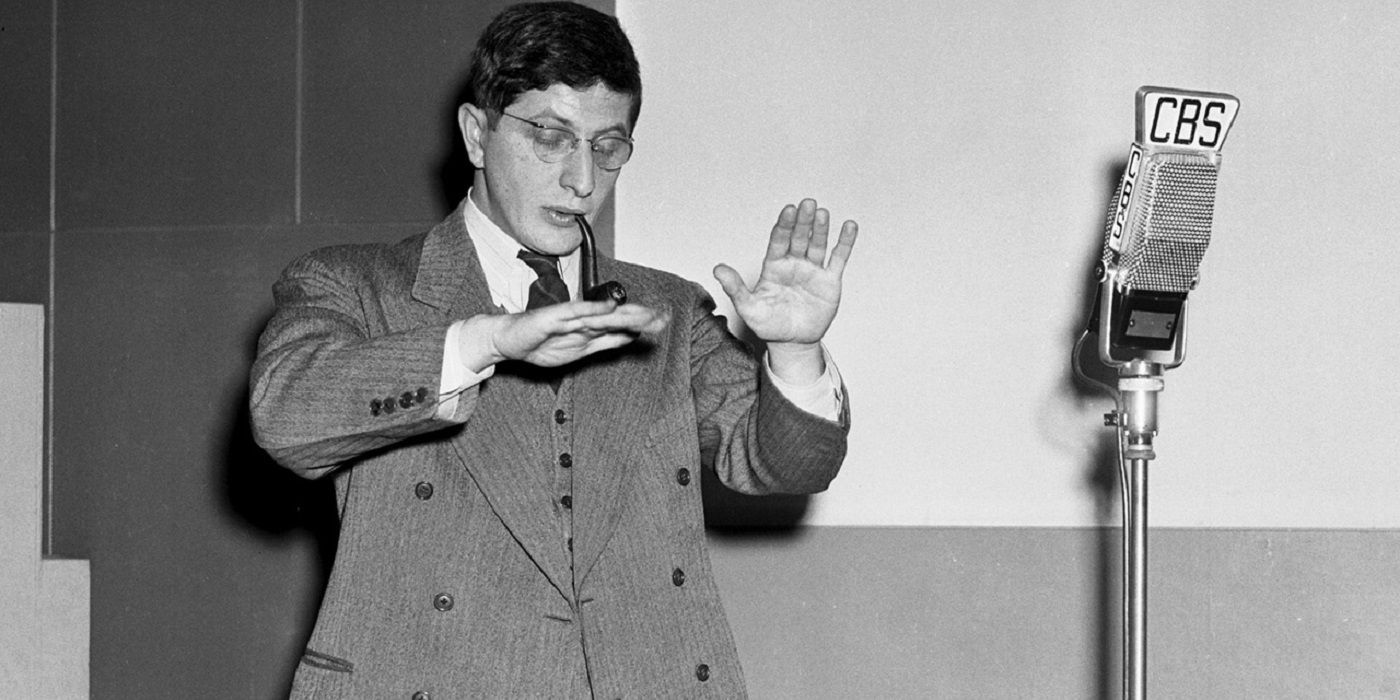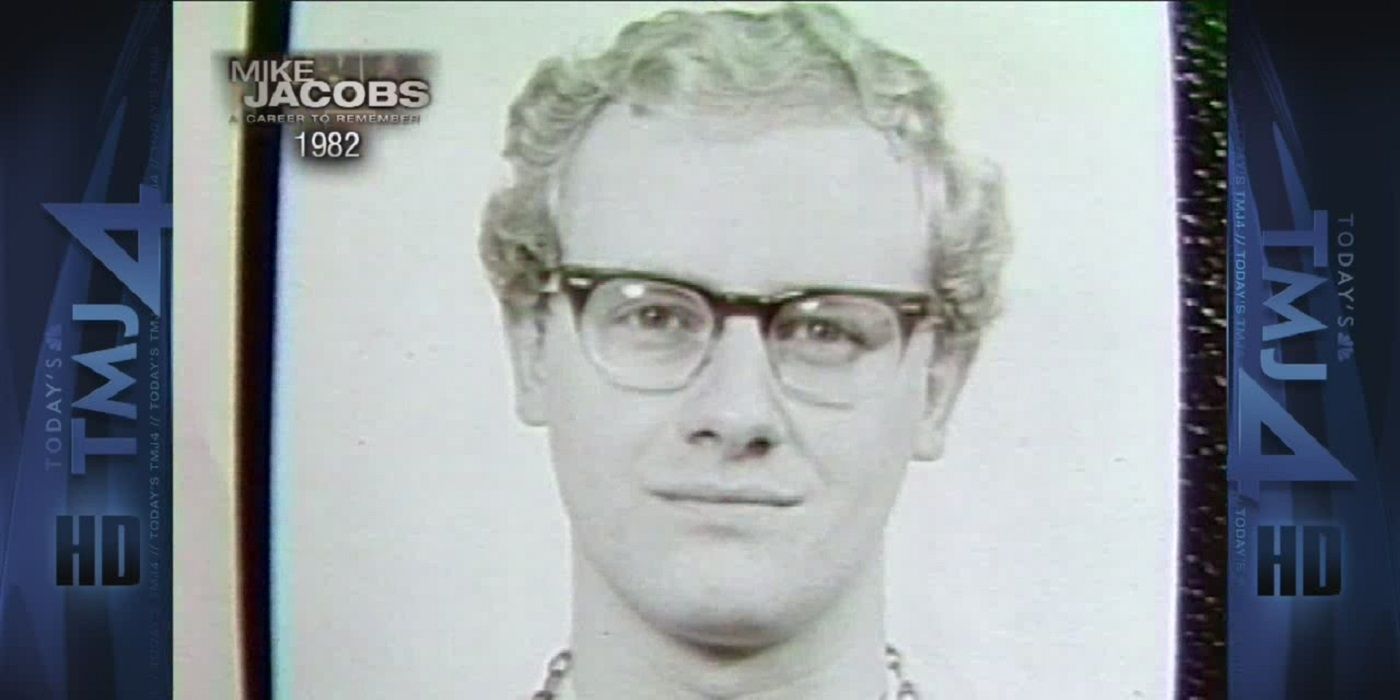Immediately following its 1976 release, Martin Scorsese's Taxi Driver was hailed as a cinematic triumph. None of the enthusiasm for the intense drama has died down in the more than forty years since, with new generations continually discovering Travis Bickle's complex anti-hero story.
Its influence can still be seen today, especially with the recently released Joker. To celebrate this gritty masterpiece, the following list will present ten lesser-known facts about the making of the movie, from details behind its inception to stories during the production. Hopefully, this serves to give people an even deeper appreciation of this stellar movie.
Robert De Niro's Preparation
Robert De Niro has a reputation as a method actor. To get into the Travis Bickle role, the New York native spent two weeks working as a taxi driver in the city. Despite his recent success with The Godfather II playing a young Vito Corleone, few people recognized him.
Being a cab driver in modern-day New York is enough of a hassle, but back in 1975 it was a downright dangerous profession. For a sample of just what a cab driver might see forty years ago, take a look at the photography of Joseph Rodriguez or Robert Weiderman, two renowned artists who got their start snapping photos of their environment and passengers while on the job.
The Last Shootout
The film ends with a notoriously grizzly shootout. Some acts of violence happen beforehand, but it's nothing compared to what transpires as Bickle massacres the pimps in the apartment building. The battle earned the movie an X rating.
Scorsese went back and desaturated all the colors, making the blood look dark brown instead of red. This appeased the rating board, who knocked it down to an R, although some argue that the dark colors arguably make the scene more grotesque.
The Phone Call
One minor but vital detail occurs after Bickle screws up his relationship with Betsy by taking her to an adult movie theater. He tries to call her again and secure another date, and while he is talking the camera slowly pans away from him.
According to Scorsese, Betsy's rejection of Travis is so embarrassing, even the camera has to look away. It is certainly a tragically sad moment, but no one can blame the woman for not wanting anything to do with the main character after the incident at the theater.
It Was Filmed During A Heatwave And Sanitation Strike
New York in the '70s was a dirty enough place as it is. Now imagine if that same grime was exacerbated by a heatwave and garbage strike. Those are exactly the conditions Taxi Driver was filming in during the summer of 1975.
Those who live in or have visited the Big Apple know how certain areas can smell horrid once the heat kicks in. When garbage isn't getting picked up on a regular basis, some parts can become inhabitable.
Jodie Foster's Controversial Role
One of the most controversial aspects of the movie was Jodie Foster's character, Iris, who is a child prostitute. Some people took issue with Foster only being twelve years old during production.
Because of her young age, the more explicit scenes employed the use of a body double. Fortunately, they had just the person for the job. Connie Foster, Jodie's older sister, played the body double.
Harvey Keitel's Research
Legendary thespian Harvey Keitel plays an important role as Iris's pimp. Exploiting sex workers is already evil, but doing it to children is one of the worst atrocities one could commit in a lifetime.
To prepare for this part, Keitel sought the advice of real pimps. By his account, he went to Times Square and asked some prostitutes if he could talk to any of their employers, but he had no luck going this route. Eventually, he found someone who left the profession and was able to rehearse his scenes and get tips from him.
The Origins Of "You Talkin' To Me?"
One of the movie's most iconic scenes takes place in Travis' apartment when he talks to himself in the mirror. The "You talkin' to me?" line stands among cinema's most memorable quotes. The origins of the line are of some debate, however.
Writer Paul Scrader does not take credit for it, meaning De Niro must have improvised the monologue. The most widely circulated theory is that the actor took the line from Bruce Springsteen after seeing him play live. Scorsese and Bruce eventually talked about this at a recent event, and the findings were still inconclusive.
Dustin Hoffman Turned Down The Lead Role
By the mid-1970s, Dustin Hoffman was already a big star and consistently sought out by directors. Martin Scorsese approached him about the lead part in Taxi Driver, but Hoffman wasn't having any of it.
He had never seen any of the director's prior work and the pitch didn't convince him to sign on. Hoffman severely regrets not taking on the role, but Robert De Niro is probably plenty satisfied with the way things turned out.
Bernard Hermann's Reluctance
Taxi Driver's music was done by Bernard Hermann. Hermann was a legend by this time, having scored such classics like Vertigo and The Day the Earth Stood Still. His first motion picture gig was the influential Citizen Kane.
Given Scorsese's reverence for cinema, getting Hermann on board was a dream come true. However, the composer disrespectfully turned down the film until he actually read the script, at which point he enthusiastically got on board. It was to be his last work, and he passed away almost directly after recording the final bits of the score.
Arthur Bremer's Influence
While Taxi Driver is not based on a true story, Paul Schrader took heavy inspiration from a real person. Arthur Bremer served thirty-five years in prison for attempting to assassinate politician and staunch segregationist George Wallace.
Like Bickle, Arthur was a loner and kept a detailed diary. Unlike Bickle, however, Bremer went through with an attempt to take out a politician. His first target was Richard Nixon, but heavy security deterred further plans. Wallace lived but was a paraplegic for the rest of his life. Bremer was eventually released from prison in 2007.
While Wallace held horrid and objectively racist political beliefs, such as supporting Jim Crow laws and segregation, most agree that Bremer's actions were not politically motivated, but instead a misguided attempt to gain fame and notoriety.

